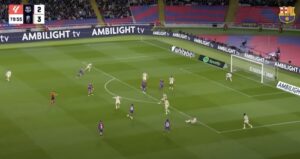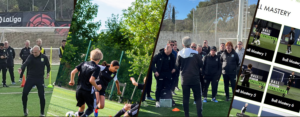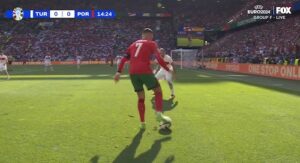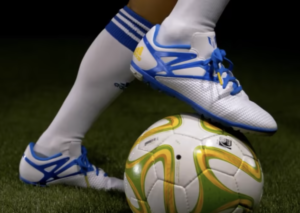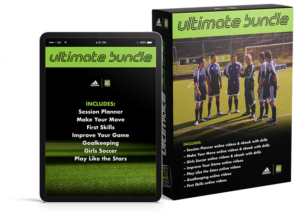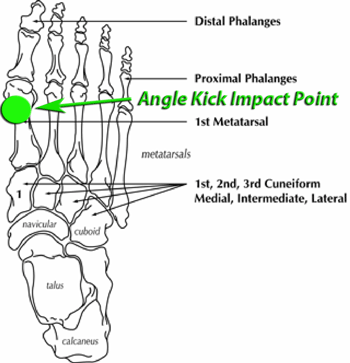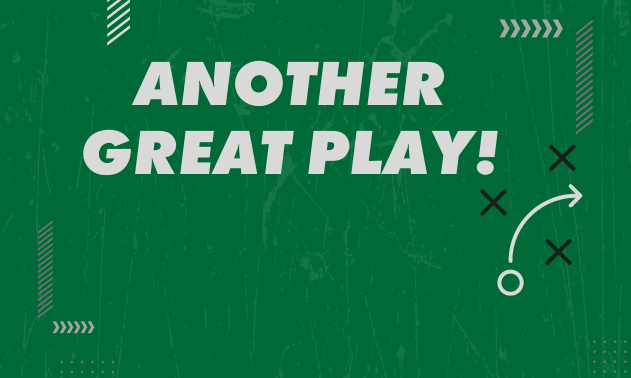By Coach V
How do you kick a soccer ball the right way? A very important questions every new player show know! How many times have we heard it shouted from both the coaches and the parents? “Kick with your laces, not your toe.” Sounds like an easy request, but you must understand you are trying to change the evolution of a child.
This is why so many struggle with the seemingly simply task of showing your child what part of the foot to pass, dribble and shoot with. One thing that’s tricky for soccer parents, is that in soccer you use EVERY part of your foot to play soccer but only use certain parts of the foot all the time for fundamental aspects of the game. Inside of the foot for passing. Outside of the foot to dribble. Instep to shoot with power. Inside of the foot to bend the ball.
While many think this is a problem for very young soccer players, 5 – 9 years old, we have seen this problem frequently in the 13 – 16 year olds as well. One of the benefits of our research while creating Blast The Ball™ is we were able to work with players at all levels from all over the world. The “not so shocking” findings to us may surprise you. There are soccer players at the most advanced levels of play that can’t perform all the different types of kicks correctly. If they can, they often can’t perform them with both feet. Understanding the EXACT and correct form is essential for the development of advancing players.
Curing the toe kick is often the first step. It really is quite easy to understand if you take the time to study the progression, the cause and the cure. We spent 18 months studying every phase of the soccer kick from 6 year olds all the way to professional players. Once we captured this “evolution” on video and slowed it down, it became quite evident why we kick with toe and the steps to cure it.
First understand how we first start to kick a ball. Very young players really don’t go into a “kicking mode”. They are simply running at the ball and when they think they are close, or their foot makes contact with the ball, they “push” their leg through the shot. They are simply trying to force the leg forward so it moves the ball. During this stage there is no “forethought” to the soccer kick. (This could be called the ‘collision’ stage.) Kicking the ball is simply an afterthought that combines with the running gate of the player.
As players mature they learn that the harder they “push through” the shot, the farther the soccer ball goes. This seems great in their eyes, but it starts a habit that is hard to cure. Some even “push through” so hard they fall onto the ground after a shot.
Next realize another reason for a toe kick. It is the natural foot position. When we run or walk our foot changes position. At the end of our stride our toe is naturally facing down because we have just finished “pushing off” the ball of our foot or toe area. As our foot comes forward in a walking or running stride the toe naturally returns to the forward pointing position. Have someone walk across the floor. Concentrate on their foot position at the end or back of their stride and then watch as it comes forward. The toe naturally starts to swing forward and upward.
Then ask them to walk or jog with their toe pointed down as long as possible. The result is a child or adult “high stepping” across the floor like a Clydesdale horse.
The problem is that this “unnatural position” is really what we are asking them to do when we tell them to kick with their laces.
Here is a little test you can do for yourself. (Only adults are allowed to do this.)
Kick like a toe kicker. Yes, we said kick wrong. Let your foot swing through naturally just like it was a walking or jogging stride. Your foot stays very close to the ground.
Now, WITHOUT CHANGING ANYTHING ELSE, point your toe to the ground and swing your leg through again.
If you did this properly you are now cursing me. You are grabbing your foot because your toe struck the ground as you came through and you severely strained the muscles on the top of your foot. Don’t worry. There will be some minor swelling and you will limp for the next 4 days, but hey, if we ask our kids to do this, why shouldn’t we try it?
So how do we start to teach this “unnatural” movement?
We created Blast The Ball™ video and research program because much of this is hard to describe in writing. We will give it our best shot.
Learn how to kick a soccer ball the right way:
1- Have patience. This unnatural movement or change takes time. You will practice it and it will look good. Then, come game time, the child will revert back to the movement that is instinctive. Eventually the new kick will become a muscle memory or instinctive.
2- Start by having the child step closer to the ball. Most youth players step their plant foot well behind the ball. This causes the ball to be struck on the “upward swing” and naturally kicked by the toe. Having them step next to or even slightly past the ball forces the ball to be further back in the swing circle.
3- Practice loading the leg. We have an entire section devoted to the “soccer hop” on Blast The Ball™. It is the slight hop or large stride just before kicking a soccer ball. Just as in any sport such as baseball, golf, tennis etc, when you are going to come forward to hit a ball, you must first load or have a backswing. The entire leg will come back and with “power shooters” you will notice the load or backswing is so large that the sole of the foot almost touches their “behind”. Now instead of a “push” we are preparing to release and kick.
4- Shorten the kicking leg. No not by surgery, but by maintaining the “V” position of the leg all the way through the swing. When our leg is in the backswing and just starting to come forward, there is a strong “V” position. We want players to maintain this “V” all the way through the shot. Stand up with both feet close together. Raise the kicking hip slightly, and then bend the knee slightly. You must do both. You will notice that if you hold this position you can point your toe down and swing your leg back and forth. Your toe will not hit the ground. While the shape and size of the “V” will change through the kick, it should never totally disappear. (No locking straight leg.)
5- Start with an angle approach. We teach the many different styles of correct kicking. One is the straight kick which has no angle approach or “wrap around” leg swing. With the straight kick, the ball IS struck with the laces. However, the angle kick has an angled approach and the leg will slightly swing across and around to our front. This angle arch also allows the toe to be pointed slightly “outward” requiring less “shorting” of the leg and less chance or the dreaded “toe stub”. When working with young players, the angle kick is taught first.
6- Learn the part of the foot. When we use the angle kick, we really are NOT kicking with the “laces”. We are kicking the ball with the “first metatarsal”. In simple terms that is the bone just above the “knuckle” of the big toe. This is the largest bone in the foot and when the ankle is locked, creates a huge amount of impact force.
7- Learn to strike the ball just left of center. (For right footed kickers.) This applies to the angle kick because we are approaching the ball from an angle. Striking the ball in the center will cause the impact to be more of a “glancing blow” and create a huge amount of side spin.
One of the most important points of working with young players is to start them off in slow motion. A child only wants to do one thing, KICK A BALL HARD. Forcing them to kick slowly and gently is EXTREMELY hard. I recommend you start this exercise against a wall. If you put them 6 feet away from a wall, they will have a fear of the ball bouncing back and hitting them. This will force them to kick softer. Also, if they kick too hard they have to go chase the ball. DO NOT start this process 18 yards out from a soccer goal. Their overpowering instinct to kick it hard into the net will force them to focus on power.
Plan on this process taking 6 – 12 months depending on the child’s age. Have them practice the movements several times a week. Eventually it will become the instinct rather than the unnatural. Have patience and keep practicing. It does take time to learn how to kick a soccer ball the right way.
- Best Formations for Youth Soccer
- Your Child’s Soccer Tool Bag is Long Term
- You Have the Soccer Ball, So Now What?
- Build a Soccer Champion Part I
- Build a Soccer Campion Part II
- Youth Soccer Training in the Backyard
- Eating Right for Soccer
- Soccer Experts Are Created, Not Born
Learn more at SoccerU

